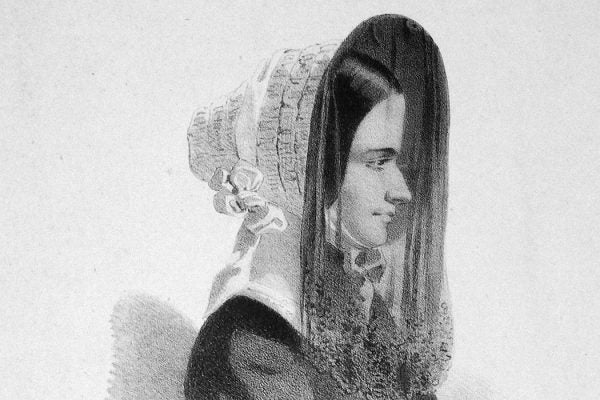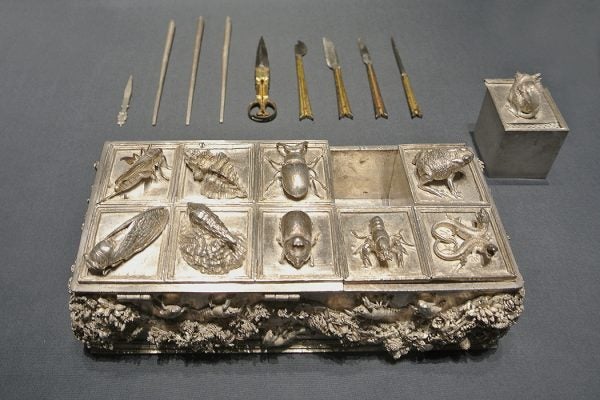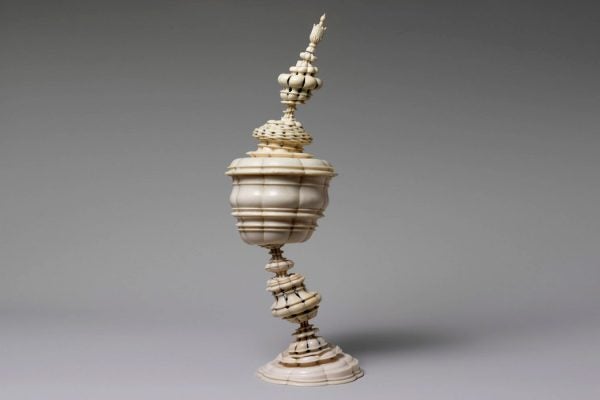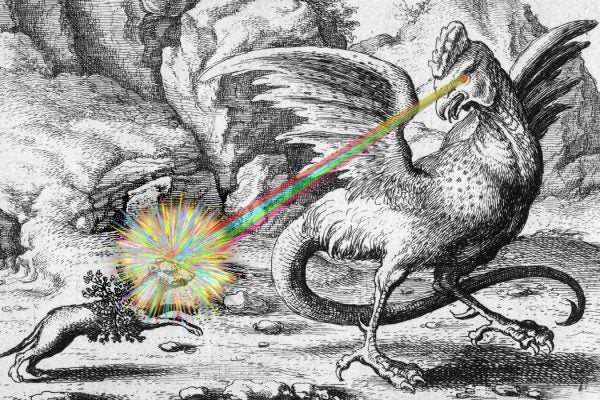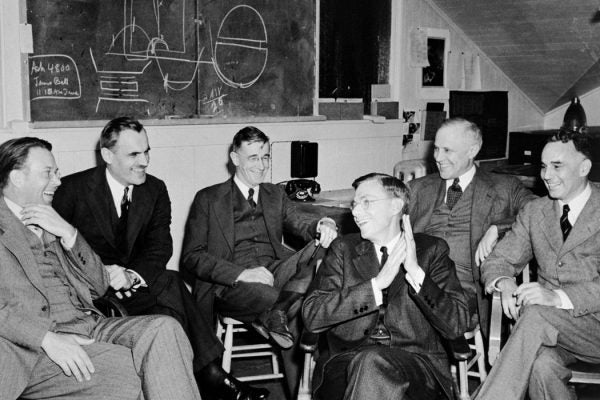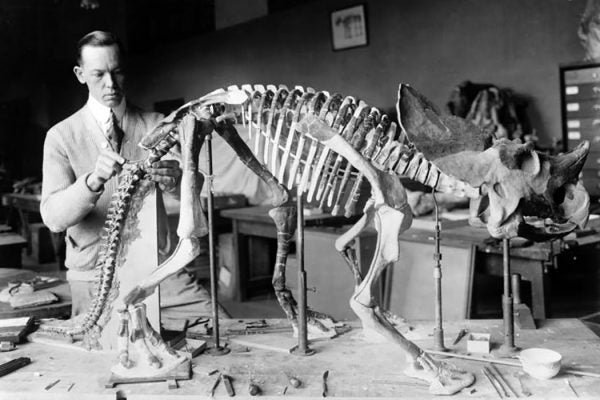The Arsenic Cake of Madame Lafarge
The first trial to use forensic toxicology electrified France in 1840 with the tale of a bad marriage and poisoned innards.
How Renaissance Artisans Turned Live Animals into Silver
Lifecasting was the renaissance art of making sculptures using molds taken from real-life plants and animals.
These Bizarre Ivory Cups Were Carved by Princes
The royal houses of Europe felt that it would be good for their sons to learn a manual trade. Artisans taught nobles to carve ivory on a lathe.
Editors’ Picks: What We’re Reading
The history of Native resistance, the philosophy of love, the medicalization of madness, color in fairy tales, and dinosaur bones.
Who Really Discovered How the Heart Works?
For centuries, the voice of the Greek doctor Galen, who held that blood is produced in the liver and filtered through tiny pores in the heart, went unchallenged.
Will Reanimating Dead Brains Inspire the Next Frankenstein?
In recent experiments, scientists brought back cellular functions to the brains of dead pigs, recalling early galvanism.
The Extremely Real Science behind the Basilisk’s Lethal Gaze
According to the extramission theory of vision, our eyes send out beams of elemental fire that spread, nerve like, to create the visual field.
The Man Behind the USA’s Decision to Build the Bomb
FDR's "czar of research," an electrical engineer named Vannevar Bush, was working on an atomic bomb months before Pearl Harbor.
When Shoes Were Fit with X-Rays
Fluoroscopes were used in shoe stores from the mid-1920s to 1950s in North America and Europe -- even though the radiation risks of x-rays were well-known.
The Controversy Around the First Museum Dinosaurs
Dinosaur bones on display at the American Museum of Natural History always balanced conveying objective truth with promoting science to the public.
